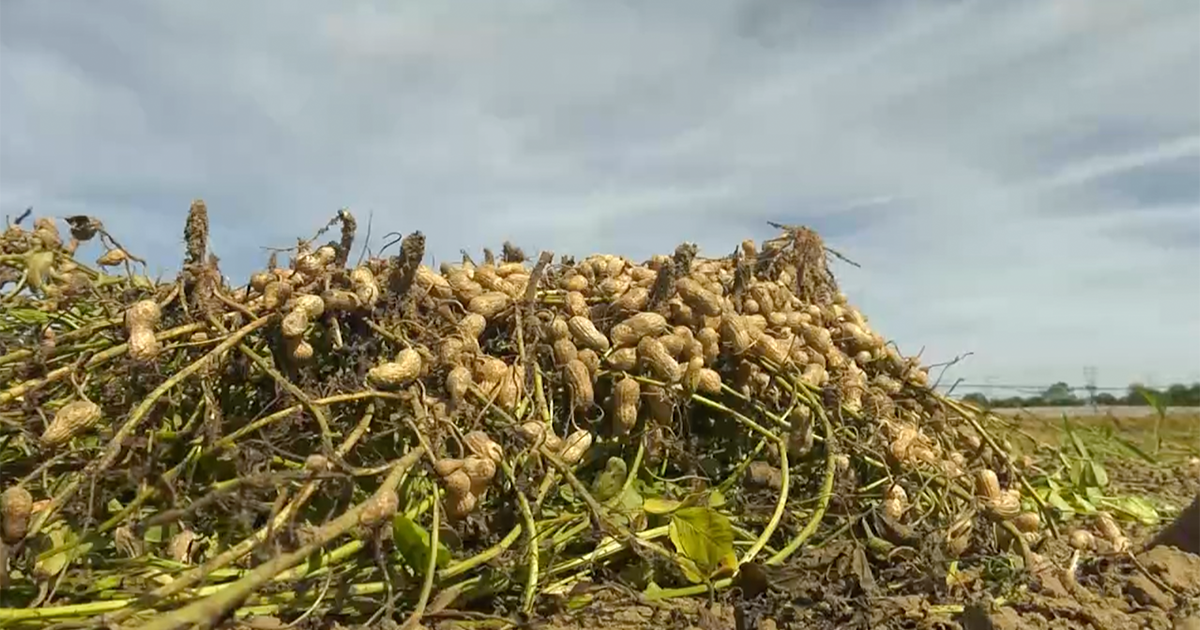Tifton, GA |
At the heart of the peanut industry’s growth and success in Georgia lies the dedicated work of peanut breeders at the University of Georgia, who work tirelessly to develop new varieties of peanuts that will benefit the industry as a whole by focusing on specific traits that work well in other varieties and trying to combine them all into one.
“Our goal as plant breeders is to combine different varieties to make better varieties. So, we do that by crossing high-yielding peanut varieties with those that may have better disease resistance, better shelling characteristics, better flavor qualities. Basically trying to combine a whole lot of traits into one single package so that we can send those out to growers, and they can grow those and sell it to the shellers and the manufacturers,” says Nino Brown, Peanut Breeder at the University of Georgia.
To no one’s surprise, the process can be tricky, as Brown says that they are working to satisfy a number of customers; everyone from the producer, all the way down the line to the consumer.
“There are several different peanut products that people enjoy on a daily basis. Those include peanut butter, candy bars, and other peanut-based candies, roasted, shelled, roasted peanut products as well as in-shell roasted peanut products. So, each of those different products requires a different combination of characteristics. It’s important for us to develop those varieties for the grower. But while combining all these different traits for the sheller, manufacturer, and consumer, we also have to put these into a package that a grower is going to want to plant on his farm,” says Brown.
According to Brown, the entire process to develop a new variety from start to finish can take longer than a decade, which is why he and his team are now incorporating technology to assist them, like this robot they’ve named WATSON, that will help them gather important data they need much more efficiently.
“We make a cross between two different varieties that have a list of good characteristics, and we evaluate thousands of progenies per cross, year after year after year. It takes about 10 – 12 years to develop a new peanut variety. It’s a numbers game. The more progenies that we look at, the more likely we are to find those varieties that have all the characteristics that we need in a single package. So, one of the things that we’re doing is we’re incorporating new technologies to help us process more progenies each year. We’re using high throughput phenotyping; we’re using high throughput phenotyping in the way of drones and UAVs; aerial drones. We’re using now a ground-based phenotyping robot. And then we’re also using some high throughput seed sorters that look at the oil characteristics. Non-destructively in a very high-speed fashion. All this to make our variety development pipeline faster, better, and cheaper,” says Brown.
By: John Holcomb

